How To Fix Over-Salted Foods
Over-salting a dish is a cook’s worst nightmare, and it happens to all of us. Here you’ll learn how to fix over-salted foods and save face!
In my many years of cooking, I have occasionally been a bit too heavy-handed with the salt shaker and inevitably over salted soups and stews! I learned these tips for reducing salt in my food science class and they work!And no, it’s not by adding a raw potato!
Here’s what to do when if soup is too salty:
Step 1: Dilute
- The first and best alternative to reduce sodium is to dilute it with water. Adding more liquid can minimize the salty flavor of the dish
- Or, add a low-sodium broth or stock
- Consider the texture. If the texture and thickness are okay after adding more water, then you’re good to go! If you find that adding more liquid causes your dish to be too thin, then add a thickening slurry.
Step 2: Create a Slurry: Thicken
Technically, a slurry is a combination of a starch and water that is added to thicken a dish; however, it will also lessen the sodium content to a degree.
Once you’ve added more liquid, you might find the soup too thin. In this case, you’ll want to add a thickening slurry which is generally a 1:1 ratio; equal parts of liquid and starch.
The starch used in the slurry determines the thick/thinness of the dish not because of the type of starch, but due to the temperature.
Types of Slurries and When to Add Them
- A root-based slurry, (arrowroot, tapioca, potato) thickens at a lower temperature–so add it to warm soup. Note: Arrowroot is not recommended to use with dairy-based recipes; it tends to clump and cling, producing an unappetizing soup.
- Cornstarch thickens at a higher temperature, so turn up the heat when adding this.
- Flour thickens at a lower temperature, so reduce the heat when using flour as a thickener. (Use all-purpose flour, not wheat flour.)
- Whichever type you use, don’t add it at the beginning – wait till the end. Prolonged cooking times result in the breakdown of the molecules and then it fails to thicken
For example, you have a Cream of Broccoli Cheese soup that is too salty, but you are pleased with the consistency, texture and color.
You added more liquid and now it’s too thin so, mix a slurry of water and cornstarch in a measuring cup, turn the heat up, stir it in and serve immediately.
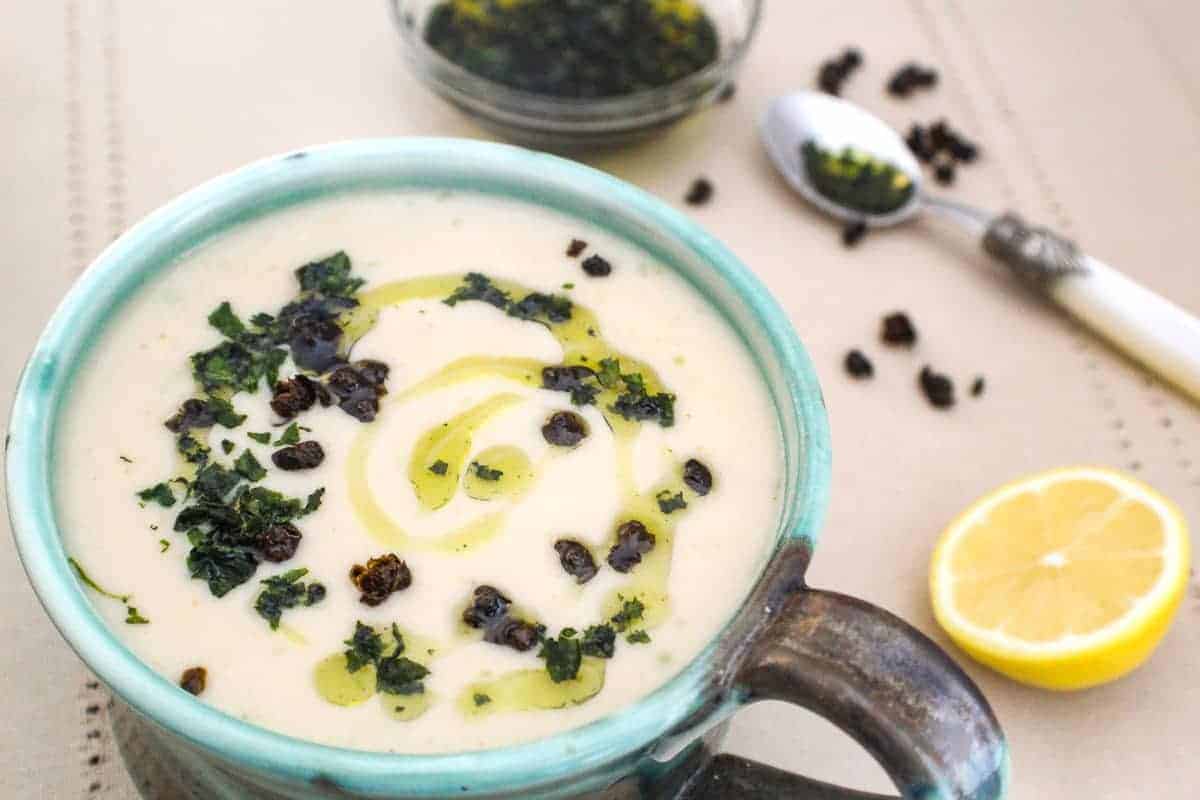
Types of starch for slurries
Typical starches include arrowroot, cornstarch and flour. Arrowroot and cornstarch slurries will produce a transparent thickener where flour will create an opaque thickener.
Think of it this way: the clear, transparent sauce you get on your Lemon Chicken at your favorite Asian restaurant is made with cornstarch. The result is a translucent sauce.
The cream gravy you put on your mashed potatoes is white; thickened with flour, which results in an opaque sauce. Same goes for brown gravy or sauces.
Step 3: Add Sugar
A pinch of sugar may minimize saltiness of a dish, but note that high levels of sugar will prevent thickening. If you add sugar and find your soup too thin, add another thickening slurry.
Step 4: Add Acid
Adding an acid (vinegar, lemon, wine) to an over-salted dish acts the same way sugar does in that a little may adjust the salt, but too much acid will prevent thickening. Add acids at the end of the cooking period to avoid coagulation of any dairy products
Does adding a raw potato reduce salt?
Many a cook has been advised that adding a peeled, sliced potato to an over-salty soup or stew reduces the salt. However, the potato actually absorbs more water than it reduces salt.
If you add raw potatoes to a high-sodium dish, the result is a big glob of salty mush because the raw potato extracts more liquid than it absorbs sodium.
Final analysis
- Add more liquid; taste; if needed, add a thickening slurry; taste
- If still too salty, add a pinch of sugar; taste
- If still too salty, add a little acid
- At this point, if it tastes right, but is too thin, add another thickening slurry
Related topics:
- How to Keep Green Vegetables Green
- Keep Cauliflower Bright White
- Prevent Eggplant from Turning Gray
- How to Properly Thaw Meat and Seafood
Soup Recipes you might like:
- Southwestern Navy Bean
- Wisconsin Beer Cheese
- Traditional French Onion
- Heart-Healthy Lentil
- No-Cream “Creamy” White Bean
- Texas Chili
- New Mexico Green Chile Chicken
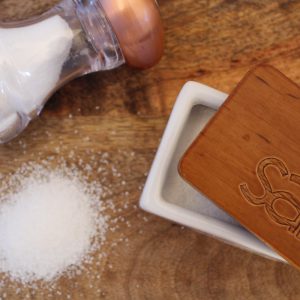
How to Fix Over-Salted Soups and Stews
Ingredients
- water , or low sodium broth/stock
- 2 tablespoons cornstarch or flour ,for slurry ( use all-purpose flour)
- ½ cup water .for slurry
- 1 tablespoon sugar
- 1 tablespoon acid vinegar, lemon/lime juice, wine
Instructions
- Add water, one cup at a time to reduce saltiness; taste; add more water if necessaryIf this reduces the sodium to suit you, serve the soup/stewwater
- If, after adding water, the flavor is good but it's still too thin, then make a slurry
- In a 2 cup measuring cup, add 2 tablespoons of cornstarch or flour and ½ cup of water; combine well2 tablespoons cornstarch or flour, ½ cup water
- Add slurry (see recipe notes about the temperature of the soup and when to add the slurry)
- If the soup tastes right and is at the right consistency, serve immediately
- If it's still too salty, add 1 tablespoon of sugar or acid (vinegar, lemon/lime juice, wine)1 tablespoon sugar, 1 tablespoon acid
Notes
- First, add water. If this resolves the sodium issue, but thins the soup too much, make a slurry.
- Flour refers to all-purpose flour, not wheat flour (which is not recommended)
- If you use a slurry to thicken your dish, add it near the end of the cooking time. Prolonged cooking times result in the breakdown of the molecules and then, the slurry fails to thicken.
- A root-based slurry, (arrowroot, tapioca, potato), will thicken at a lower temperature–so add the slurry to warm soup near the end of the cooking time if you want to thicken the soup
- Note: Arrowroot is not recommended to use with dairy-based soup; it tends to clump and cling, producing an unappetizing soup.
- If you make a slurry using a cereal-based starch (cornstarch), add the slurry when the soup is at a higher temperature to thicken the soup ( cereal-based starches thicken at higher temperatures.)
- If you make a slurry using flour, add the slurry when the soup is at a lower temperature to thicken the soup.

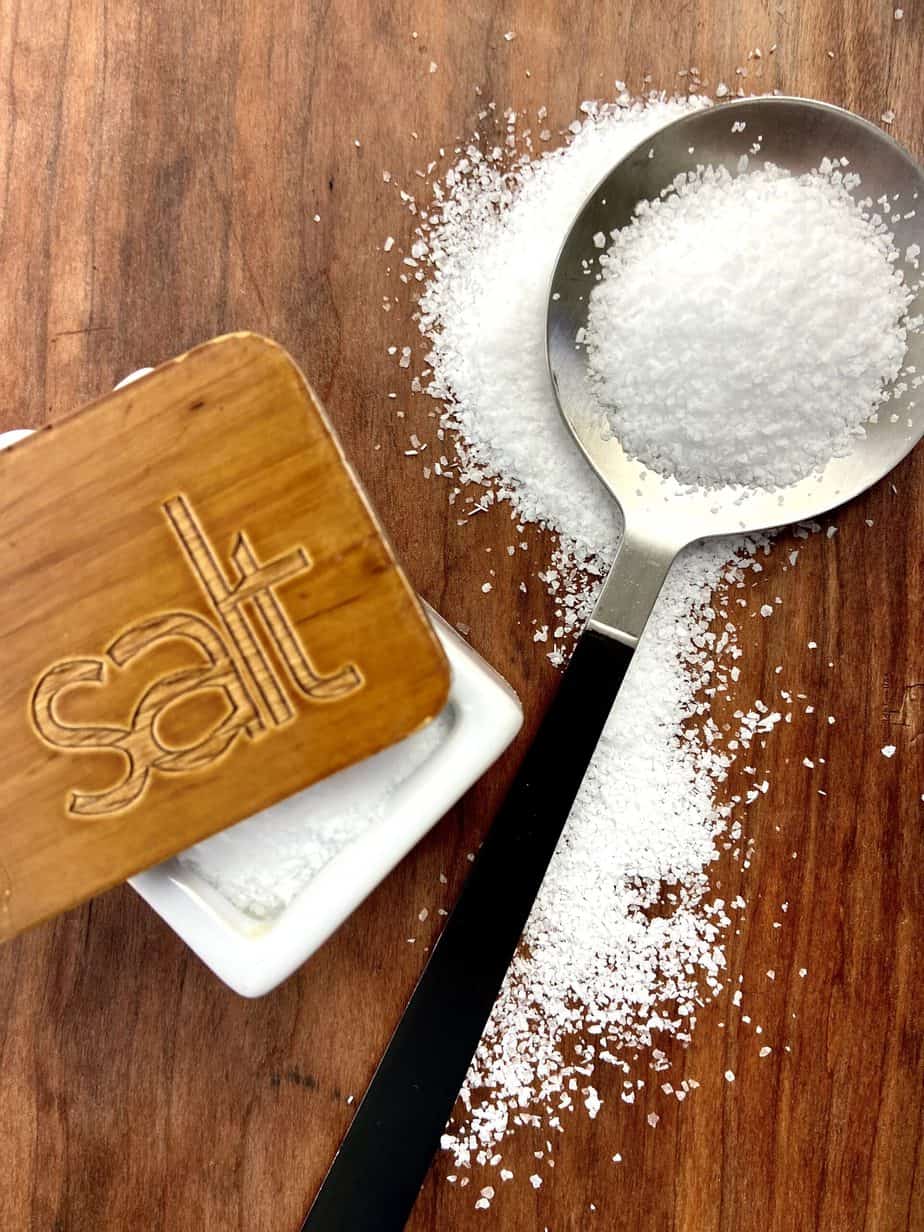
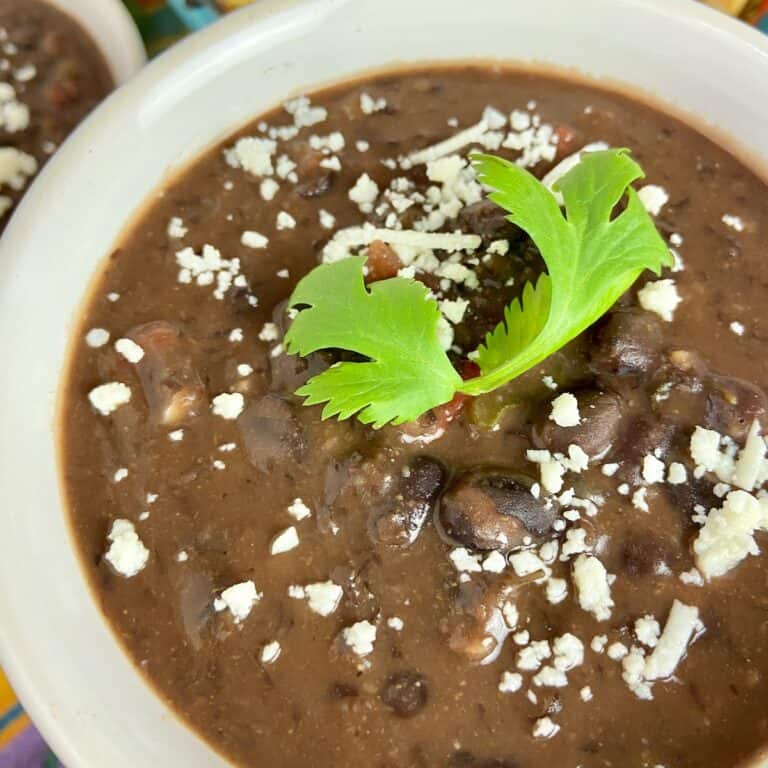

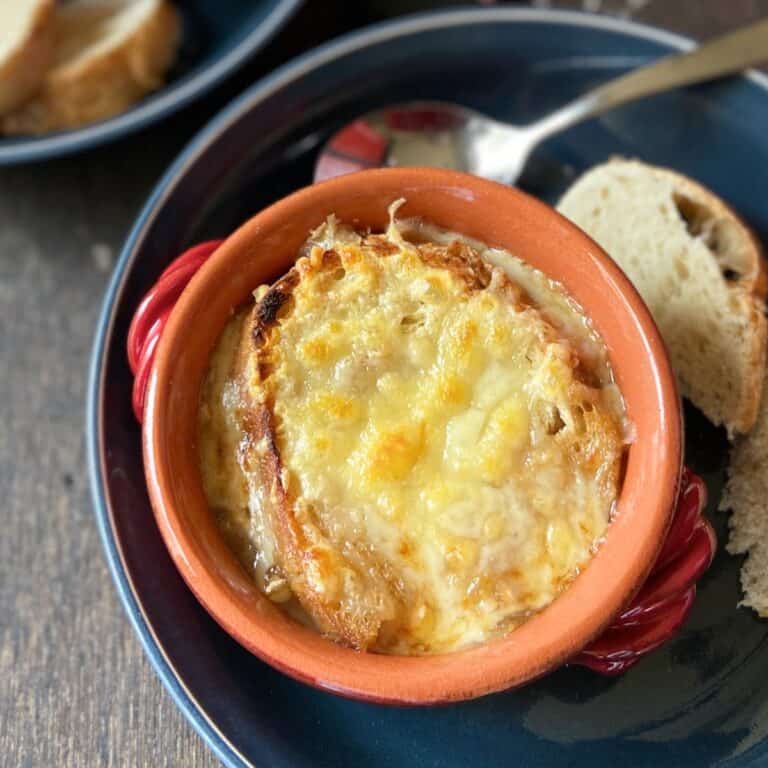
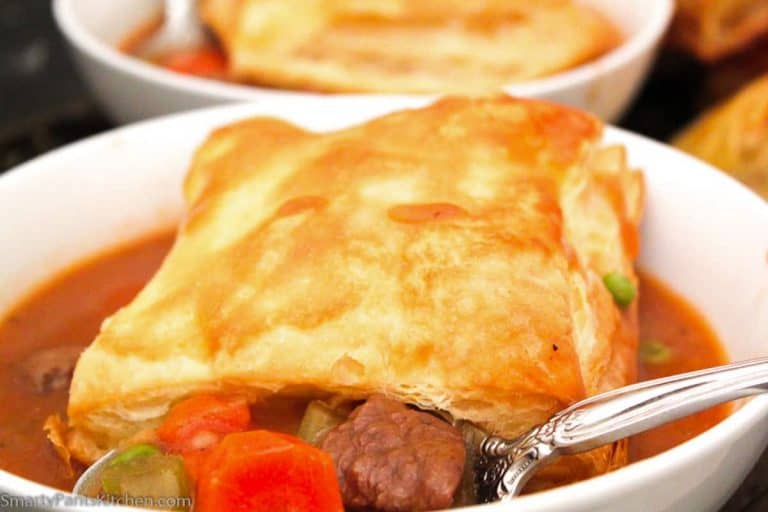
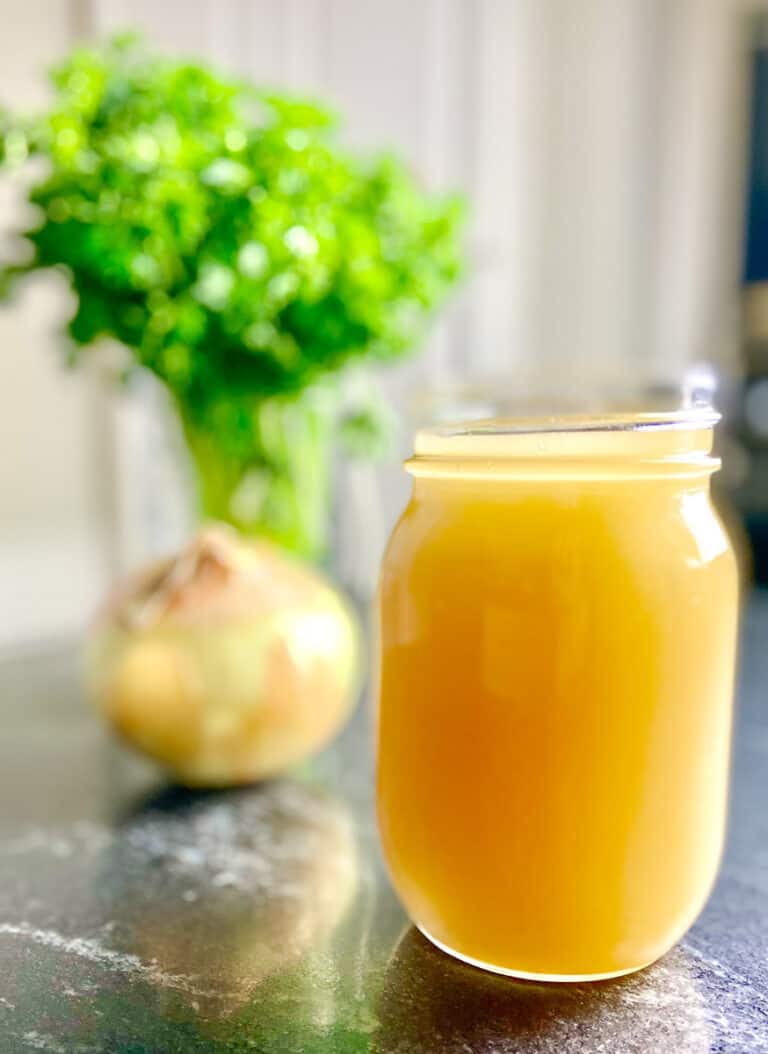
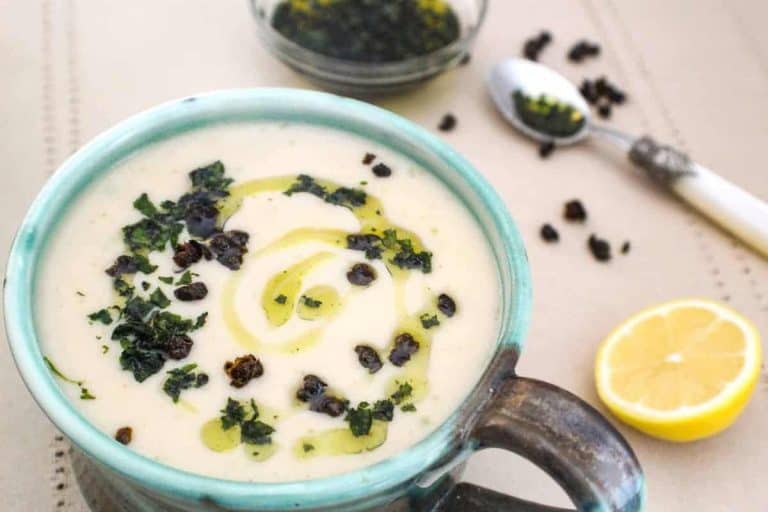
I never would have thought of adding sugar to a salty soup thank you so much
I cooked about five boneless skinless chicken breasts that have been frozen. I prepared them in a crockpot with just about a half a cup of tapwater because they were still slightly frozen. And then I added a bag of white onions. Nothing else. When I tasted the chicken I thought it was quite salty, even though I had added nothing to it. So then I added a package of 33% less sodium taco seasoning. Now it’s really really salty!!! I don’t know how to fix this? I made this for a neighbor who has been ill and her husband has home hospice. My friend has high blood pressure and cannot do the sodium. That’s why I didn’t add any to it. Could you help me and figure this out as soon as possible? My friend gets out of the hospital tomorrow and I wanted to give this to them for something to eat. Thank you so much.
03/15/22
Add more water to the stockpot.
Thank you for saving my pot of great northern bean soup! I added 1 tablespoon of sugar.
I’m glad I could help! Thank you:)
Thank you – this will save my boiler load of ham soup – the bacon bones must have been very salty. Thanks once again
I hope it helps!!! Thank you!
Help! I made a slow-cooker meal of chicken, Olive Garden italian dressing, and cream cheese and parietal. I added penne. It’s way too salty and also very acidic!!! Is sugar the way to go? The creamy shredded chicken & pasta texture is fantastic… I also have not tried water. The only salt I used was 1.5tbs for the pasta water…
Start by adding water. Then, add sugar.
Thank you you for The tip on reducing salt in my stew. 1-1/2 cups of water did the trick.
You’re welcome,Linda! The potato trick just absorbs liquid, not salt. I’m glad my Food Science schooling helped😂❤️